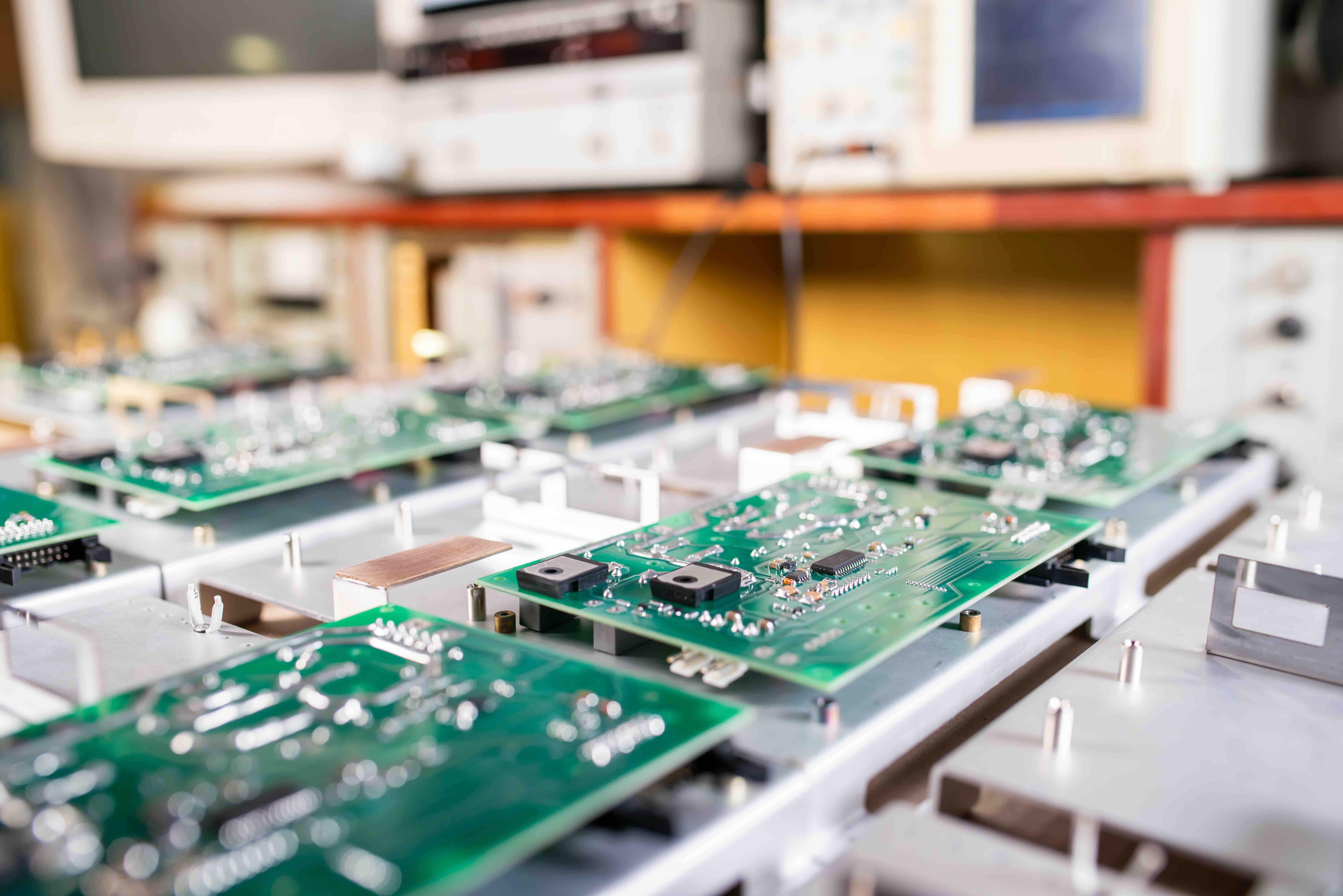
Electronics production is a highly complex interplay of many individual production steps: from SMT (Surface Mount Technology) assembly to THT (Through-Hole Technology) assembly and AOI (Automated Optical Inspection) inspection processes through to complete PCBA (Printed Circuit Board Assembly) final assembly.
In each of these steps, machines, personnel and quality controls are deployed in such a way that a functioning end product is created. However, the challenge lies precisely in this complexity resulting from complex production processes and the wide range of resources used: the individual production areas are often planned with a limited view of the overall production process.
Traditional ERP (Enterprise Resource Planning) systems are indispensable for corporate management and material planning, but reach their limits when it comes to fine-tuned, agile production planning. This is precisely where PAILOT comes in: as an APS (Advanced Planning and Scheduling) solution that not only brings together individual production steps, but also the entire process - from the first SMT assembly to the final assembly - in a transparent, dynamic plan.
A holistic overview - more than just detailed scheduling
PAILOT does not see itself as a replacement for existing ERP/MES systems, but as an intelligent planning tool that closes the gap between rough planning and production control. Instead of planning and controlling SMT, THT or assembly in isolation, PAILOT connects all production steps in a central platform.
More efficient production planning in electronics manufacturing with PAILOT
- Consistent visibility of all orders, resources and material flows
- Comprehensive optimization of the entire production process - not just individual areas and workstations
- This results in an improvement in the KPIs of your electronics production, e.g. reduction of downtimes or overloads
This results in production planning that is not static but responsive - a decisive advantage in times of supply chain bottlenecks and increasing variant diversity.
Seamless integration into existing ERP/MES systems
One of the biggest advantages of PAILOT is its integration capability. The PAILOT Bridge enables data to be exchanged with ERP and MES systems in next to no time - via standardized REST APIs.
Advantages at a glance
- No system conversion necessary - PAILOT complements existing IT structures
- Fast implementation - functional pilot projects in just a few days
- Minimal training required - intuitive user interface, cloud-based
This bridging function enables PAILOT to use both the material planning from the ERP and the production data from the MES to create optimized production plans - continuously updated based on the actual conditions on the store floor.
Added value in practice - from transparency to binding deadlines
PAILOT delivers tangible results that are immediately noticeable in everyday production:
Real-time transparency
All orders and machine assignments are visible at a glance. Bottlenecks are recognized before they occur.
Optimized capacity utilization
Idle times are minimized and personnel are scheduled more efficiently. In many projects, capacity utilization increases by up to 20 %.
Shorter throughput times
Coordinated planning reduces waiting times between process steps - from the SMT area to THT and final assembly.
Higher deadline commitment
Deviations from the plan are detected at an early stage so that countermeasures can be taken. In addition, PAILOT automatically and consistently prioritizes work in all areas. Delays are typically reduced by up to 25 %.
Realistic simulation of scenarios ("What-if?" analyses)
PAILOT makes it possible to run through various production scenarios - such as the breakdown of a machine, delayed material deliveries or additional orders - and shows in seconds how these changes affect capacities, deadlines and resources.
Agile response to disruptions
Whether machine downtime or material delay - with PAILOT, plans can be adapted immediately.
PAILOT offers a new perspective on planning
PAILOT is not just a planning tool, but a strategic link in electronics production. It combines data, processes and people to create a holistic production plan that is agile, transparent and reliable.
If you don't just want to manage your production, but actively optimize it, PAILOT is the key - and this is exactly what the next articles in our blog series "PAILOT for electronics production" will be about.








